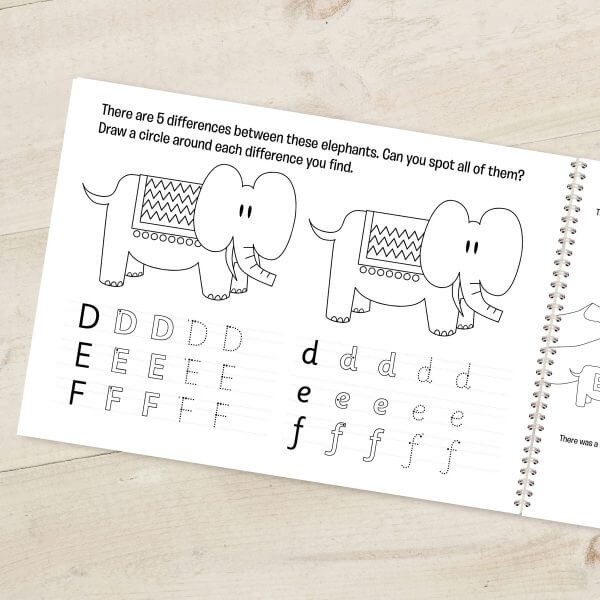Teaching Kids About Money
Teaching kids about money can be a strange concept for children. Many kids eventually develop an understanding that things cost money and money is needed for certain goods and services. However, they may not know where that money comes from or what its value really is. Teaching your kids even just the basics about money can help them with simple math. This knowledge will also help mold them into young savvy savers.
First Thing’s First: Money Doesn’t Grow on Trees
Many kids might think that in order to get money, all you have to do is go to the bank and ask for some. Take the time to explain where and how money comes from. You need to work hard to make money and the types of jobs they can obtain. This will help them better understand that there is more to money than it simply being at a bank. Depending on how old your children are, you can provide them money or other forms of payment. This can be such as snacks in exchange for completing chores or helping around the house.
Giving Them the Goods
Whether you decide to give your children money in exchange for chores or as an allowance, you can use this as an opportunity to teach them budgeting. The best way to teach kids how to manage their money is to give them some. If they decide to spend their allowance on a new toy, then they won’t have enough left over for when the ice cream truck rolls around. This may sound like a hassle to deal with at first. However, first-hand experience is a great teacher and it is more likely to be a lesson they will remember.
Spending vs. Saving
This can be a family activity that you do together, whether your child is helping you go grocery shopping or you are helping them look for the best deal on a toy they want. Looking at coupons, comparing prices, and making a budget together can be really helpful for forging good spending habits in the future. Plus, it can help teach them valuable, and thrifty, saving and spending skills.
Incorporating Fun Activities
There are many activities out there that can teach kids about money while at the same time helping with their math skills. These activities can be based around basic financial principles, including charitable giving, delayed gratification, budgeting, saving money, and compounding interest. For more in-depth reading on how these fun activities can be implemented read here.




